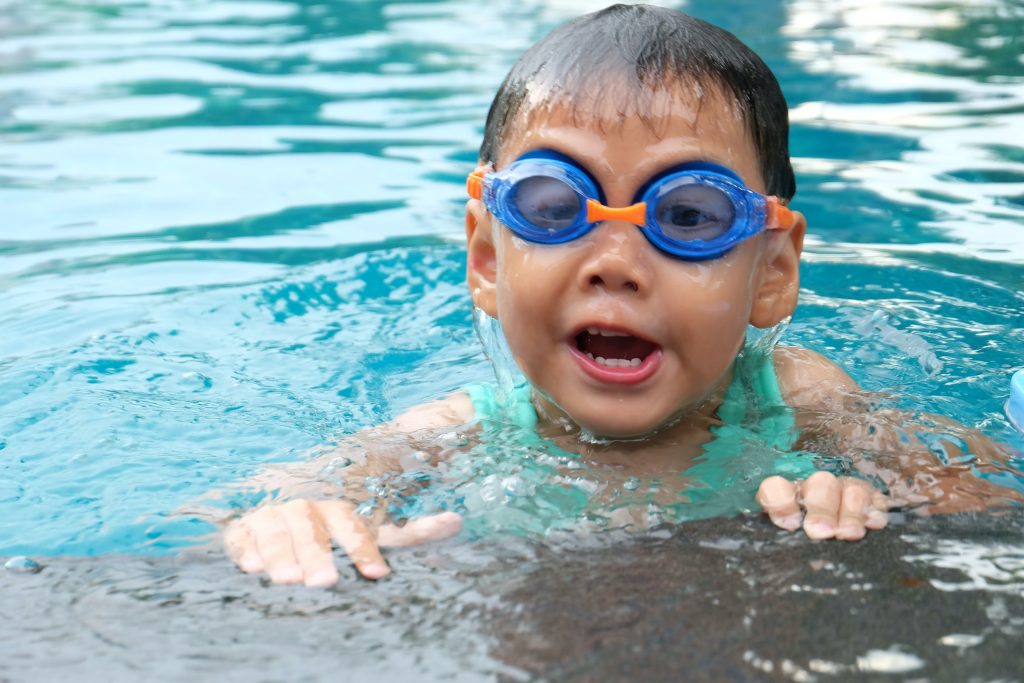Water safety from toddlers to teenagers
June 29, 2021
by Kelly Bryan, DO

Minnesota summers were made for splashing! Families love to head to the lake, fill up the baby pool in the backyard or spend the afternoon at the water park. As we enjoy lazy summer days, stay alert when it comes to water safety.
The American Academy of Pediatrics warns that drowning is the leading cause of injury-related death among children ages 1 to 4. Water attracts curious toddlers and many drownings occur when kiddos are not supposed to be swimming but have access to water.
That’s why it’s so important to empty baby pools after each use. And backyard pools should be enclosed by a fence at least 4-foot high with a locked gate. Keep toys out of the pool area so children aren’t tempted to break in during non-swim times.
The American Academy of Pediatrics offers these tips to keep children safe:
- A supervising adult with swimming skills should be within an arm’s length of infants and toddlers in or around water to provide constant “touch supervision.” With older children and better swimmers, focus on the child and don’t be distracted by other activities.
- Assign a water watcher, an adult who will pay constant attention to children in the water. If you are the water watcher, put down your cell phone, avoid other activities, supervise even if there are lifeguards and switch off with another adult for breaks.
- Avoid using alcohol or drugs around the water, especially when supervising children. It’s very easy to get distracted at parties and cookouts at the beach, lake or poolside.
- Never leave children alone or in the care of another child while in or near pools, spas, open water or bathtubs.
- Know how to recognize signs of distress and respond to trouble. Parents, caregivers and older children should learn CPR and safe rescue techniques.
- Use life jackets near lakes and rivers. Children should always wear life jackets when in, on or near lakes and rivers.
- Parent-child swim classes, beginning as early as age 1, can help reduce the drowning risk of children age 1-4. By their 4th birthday, most children are ready for swim lessons and can usually learn basic water survival skills such as floating, treading water and getting to an exit point. By age 5 or 6, most children in swim lessons can master the front crawl. Remember, swim lessons do not make kids “drown proof.”
Teenagers
Drownings rise again during a child’s teen years when they are unsupervised. And teens tend to feel invincible which makes them more likely to take risks, overestimate their skills and underestimate dangerous situations says the American Academy of Pediatrics.
The American Academy of Pediatrics offers these tips for teenagers:
- Set the rule for your older children to swim only where there are lifeguards. Make sure your teenager knows to never swim alone and urge them to use the buddy system.
- Teach your children to always enter the water for the first time feet first and to follow posted “No Diving” signs.
- Talk to your teens about the dangers of alcohol and drugs around the water. Explain that alcohol is a leading risk factor in teen drownings. That’s why they must stay sober on the water.
Have a fun and safe summer.